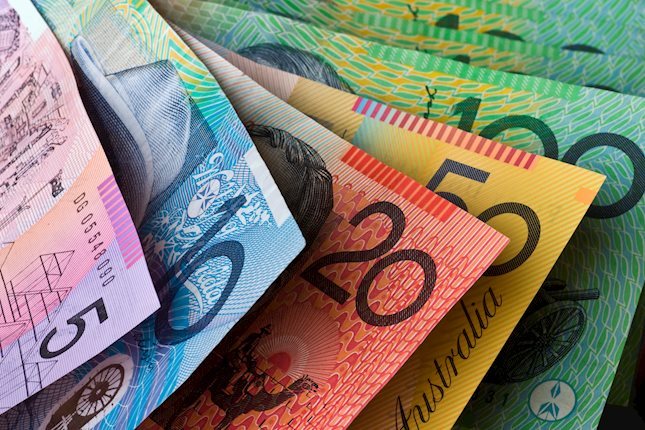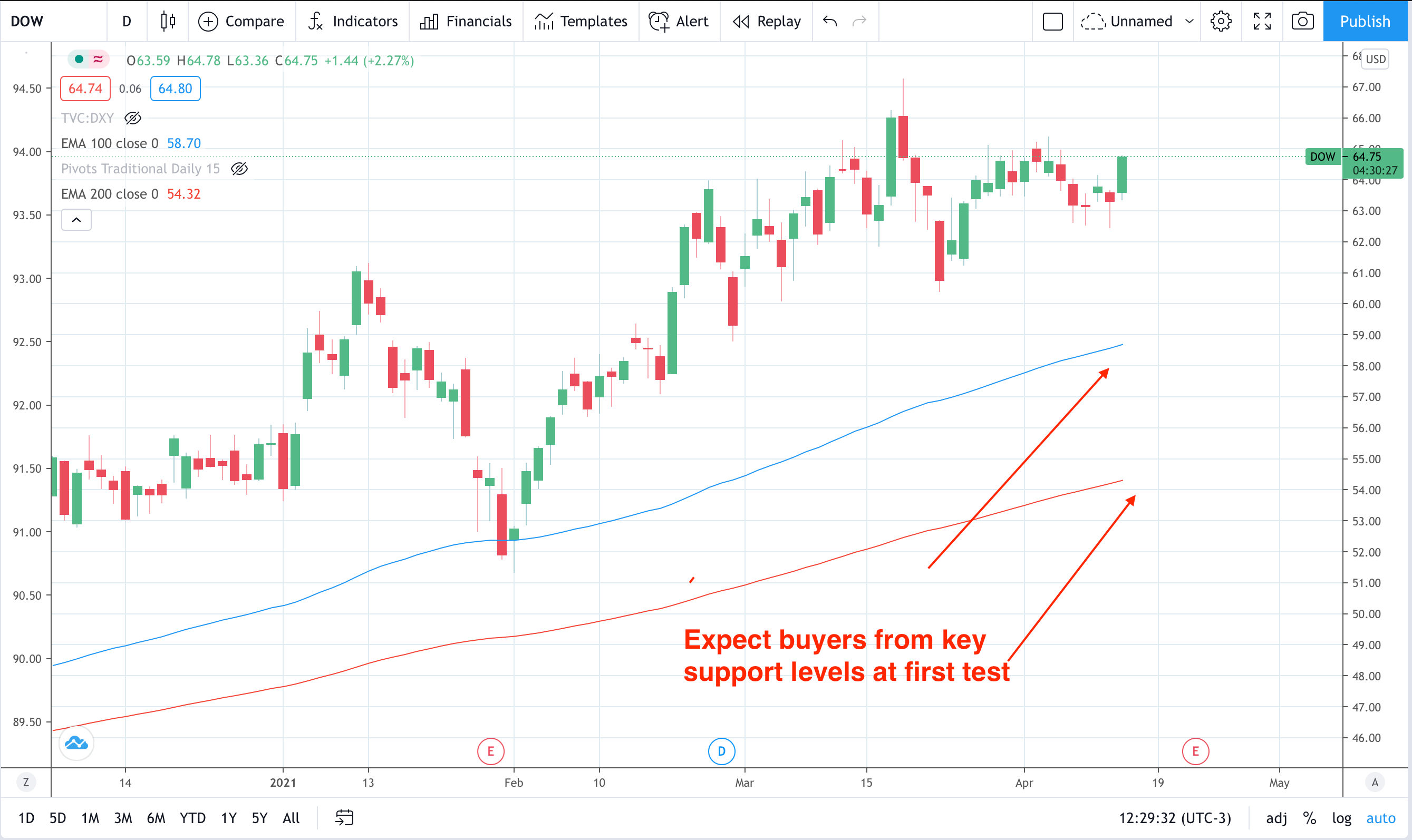You may have heard the phrase, the “Fed Put’ and wondered what it means. So, here is a quick explanation as to what it is, so you can understand the phrase. Every industry has its own ‘lingo’ which just helps to speed up communication, but can be annoying if you don’t understand the shorthand phrase.
The Fed Put is essentially the belief that the market has around stocks. If stock markets fall a certain amount, say by around 15%, many investors believe that the Federal Reserve will step up and put in policies to ensure equity markets do not keep falling.
What’s the belief based on?
This has its origins during the 1990s by the then Federal Reserve Chairman Alan Greenspan. He was credited with the fact that every time the market faced a tricky crisis, he would step up and cut interest rates and thereby support falling equity markets. His policy was seen as so predictable that it was referred to as the ‘Greenspan put’. There is a practice where investors go long on a stock, but also put in a put option to reduce losses should the price of stocks fall. It is essentially a type of insurance policy against falling stock prices.
What that means now
That any serious dips in equity markets should find buyers. However, be aware that the sharp rise in equity markets over the last 12+ months is unusual. Markets are extended and there is a concern amongst seasoned hands that a correction is due followed by a return to a more normal 3-7% increase in stocks. This means the chances are potentially increasing of buying in at the top. Leveraged traders, be nimble and only find decent technical areas to enter.
Our products and commentary provides general advice that do not take into account your personal objectives, financial situation or needs. The content of this website must not be construed as personal advice.
Recommended Content
Editors’ Picks

AUD/USD continues soft as markets digest employment data
The AUD/USD declined by 0.34% to 0.6470 in Thursday's session, extending its decline to a fresh three-month low of 0.6460. The US Dollar is easing after mixed data, while weak Australian employment data has reduced inflationary concerns, which might change the outlook of the Reserve Bank of Australia.

Japanese Yen sticks to intraday losses, hovers around 156.00 against USD
The USD/JPY pair extends the rally to around 156.60, the highest level since July 23 during the early Asian session on Friday. The upward movement of the pair is bolstered by the firmer US Dollar broadly. Traders brace for the US October Retail Sales, which is due later on Friday.

Gold falls as Powell signals Fed's patience on lowering rates
Gold recovers some ground on Thursday yet remains trading below its opening price for the fifth consecutive day, undermined by the Greenback’s advance for its own fifth consecutive day. A slightly hot inflation report in the US and solid jobs data sponsored XAU/USD’s leg down toward the 100-day SMA.

Ethereum Price Forecast: ETH could rally to $4,522 despite mixed on-chain flows among investors
Ethereum is down over 1% on Thursday following record net inflows across ETH exchange-traded funds in the past six days. Despite the bullish market outlook, $300 million worth of unstaked ETH could hit the market and cause downward pressure on prices.

Trump vs CPI
US CPI for October was exactly in line with expectations. The headline rate of CPI rose to 2.6% YoY from 2.4% YoY in September. The core rate remained steady at 3.3%. The detail of the report shows that the shelter index rose by 0.4% on the month, which accounted for 50% of the increase in all items on a monthly basis.

Best Forex Brokers with Low Spreads
VERIFIED Low spreads are crucial for reducing trading costs. Explore top Forex brokers offering competitive spreads and high leverage. Compare options for EUR/USD, GBP/USD, USD/JPY, and Gold.
